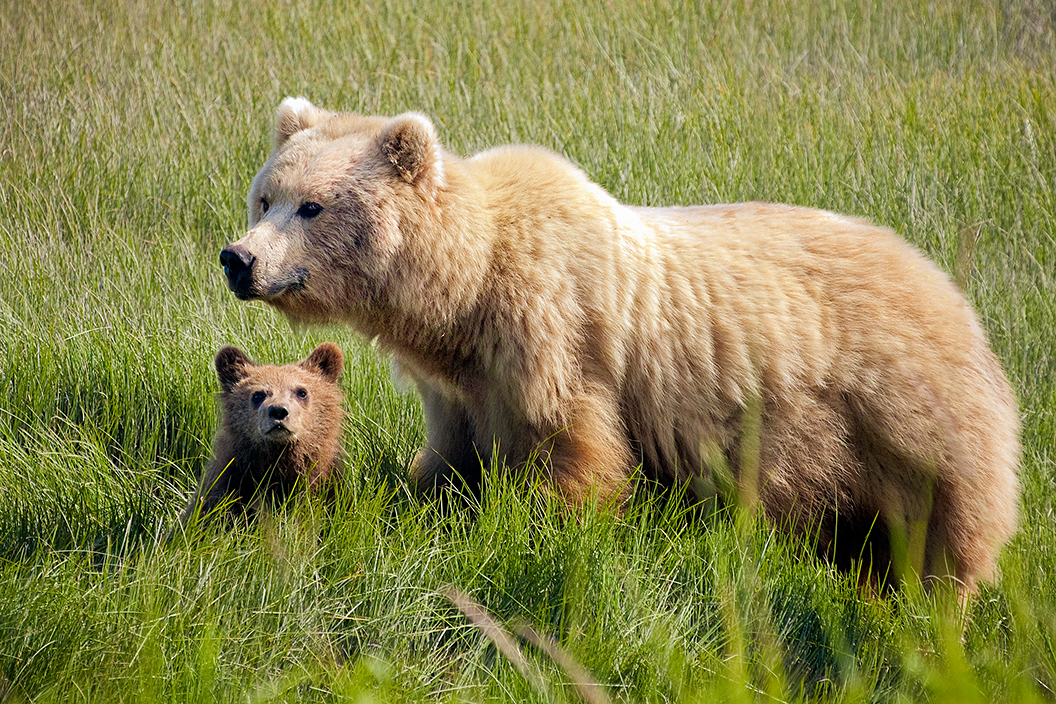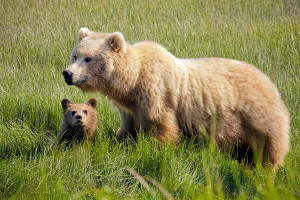Bear Safety
National Geographic, food safety …
Though I’m a big fan of the work National Geographic does, I had not subscribed (er, been a member?) since the late 1990s. But this fall I once again sent them money, in exchange for receiving the 12 issues they will publish in 2016. Why now? Because every one of those issues will contain features about the U.S. national parks.
The project kicked off with the January issue (of course), with a beautiful day-to-night cover photo of Yosemite by Stephen Wilkes. I can’t wait to see the other 11 issues!
Photographers might also want to check out National Geographic‘s online portal of national-park topics, titled “Power of the Parks.” The page includes exclusive features, news, travel guides, photos, videos, educational resources and more. The page also links to Geographic‘s “National Parks” iTunes app, which has location-specific photo tips written by NG photographers.
Okay, on to this week’s question, which is about managing your food supply in an area with a bear population. Did you know that bears are such a conspicuous resident of the national parks that the Park Service’s website has a page dedicated solely to them? See NPS’gov’s “Bears.”
Onward…
This Week’s Question
Q. I saw you do a lecture at B&H Photo last year and you talked about getting food at the beginning of a national park trip and keeping it in the car with you. How do you do that without worrying about bears breaking into the car to get the food? — Hanlon S., Greenwich, CT
A. On YouTube, you can see a video of a bear doing exactly that at Great Smoky Mountains National Park, right in the Clingmans Dome parking lot!
Any time I go to a national park, I review its website to read the area-specific regulations and best practices for bears. From park to park, the rules and suggestions differ. Many of those warnings involve a bottom-line goal of not providing food for the bears, whether from your stash or from your body.
For example:
- At Glacier Bay National Park, you’re asked to cook only below the high tide line, to eat and to clean cooking gear 100 yards from both your tent and food storage area, and to store provisions only in portable bear-resistant food containers.
- At Sequoia and Kings Canyon National Parks, you’re asked to place food in metal storage boxes stationed in campgrounds and elsewhere, and to even remove child car-seats (which pretty much always smell like old food) from vehicles overnight.
- At Rocky Mountain National Park, you’re asked to keep food in either an enclosed vehicle or in a storage locker, and if in the backcountry, to keep food in a backpack that you never leave unattended.
- At Dry Tortugas, you’re fine. No bears.
I buy food in sealed containers, and once opened, I store the uneaten portions in Ziploc bags. All of this is stowed in an airtight cooler, in the trunk of the vehicle. I should note that this is my baseline strategy—I amend it according to local guidelines and issues.
[contentblock id=newsletterfooter]


